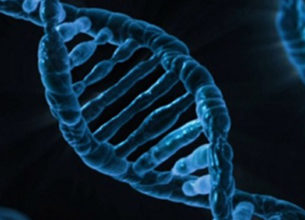QUANTUM COMPUTING
30, Oct 2019

Prelims level : Science & Technology
Mains level : GS-III Science & Technology
Why in News?
- Google announced that it has achieved a breakthrough called quantum supremacy in computing.
What is Quantum Supremacy?
- It is a term proposed in 2012 by John Preskill, professor of theoretical physics at the California Institute of Technology.
- It describes the point where quantum computers can do things that classical computers cannot.
- In Google’s case, researchers at the University of California, Santa Barbara have claimed to have developed a processor that took 200 seconds to do a calculation that would have taken a classical computer 10,000 years.
What is a Quantum Computer?
- Our traditional computers work on the basis of the laws of classical physics, specifically by utilising the flow of electricity. A quantum computer, on the other hand, seeks to exploit the laws that govern the behaviour of atoms and subatomic particles.
- At that tiny scale, many laws of classical physics cease to apply, and the unique laws of quantum physics come into play.
Mechanism:
- In a classical computer Bits of information are stored as either 0 or 1. Every string of such digits (bitstrings) represents a unique character or instruction; for example, 01100001 represents the lowercase “a”.
- In a quantum computer, information is stored in quantum bits, or qubits. And a qubit can be both 0 and 1 at the same time.
- Quantum physics involves concepts that even physicists describe as weird. Unlike classical physics, in which an object can exist in one place at one time, quantum physics looks at the probabilities of an object being at different points. Existence in multiple states is called superposition, and the relationships among these states is called entanglement.
- The higher the number of qubits, the higher the amount of information stored in them. Compared to the information stored in the same number of bits, the information in qubits rises exponentially.
- That is what makes a quantum computer so powerful. And yet, as Caltech’s Preskill wrote in 2012, building reliable quantum hardware is challenging because of the difficulty of controlling quantum systems accurately.
- Challenges : Quantum researchers need to cool the qubits to close to absolute zero to limit vibration — or “noise” — that causes errors to creep into their calculations. It’s in this extremely challenging task that the research team at Google, a unit of Alphabet Inc, has made significant progress.
Googles Achievement:
- Google developed a microprocessor, named Sycamore, that packs a total of 54 qubits. Measuring about 10 mm across, it is made using aluminium and indium parts sandwiched between two silicon wafers.
- In their experiment, the researchers were able to get 53 of the qubits — connected to each other in a lattice pattern — to interact in a so-called quantum state.
- They then set the quantum computer a complex task to detect patterns in a series of seemingly random numbers. It solved the problem in 3 minutes and 20 seconds. They estimated that the same problem would take 10,000 years for a Summit supercomputer – the most powerful in the world today — to solve
- Quantum computers could one day result in huge advances in science research and technology. Among areas that stand to gain are artificial intelligence, and new drug therapies.







